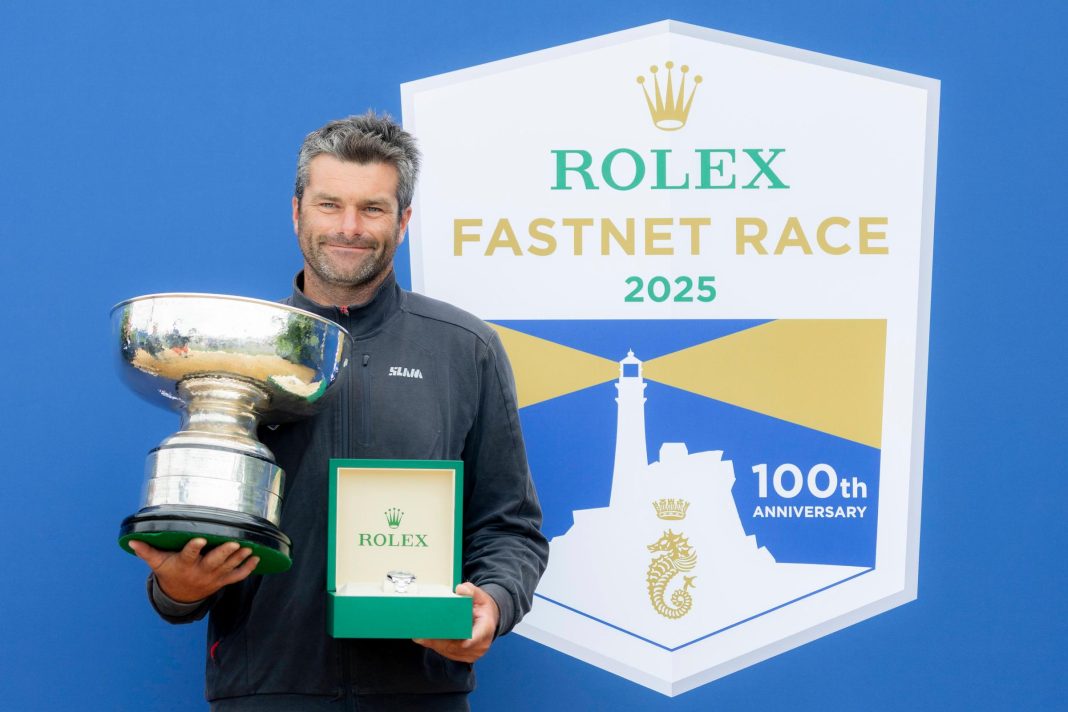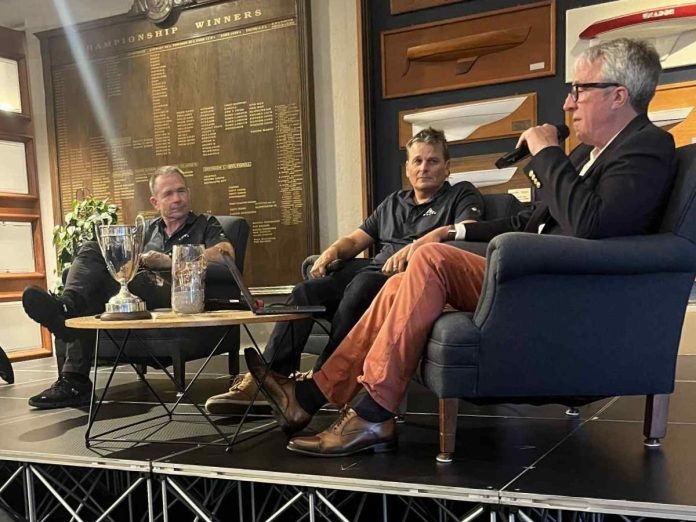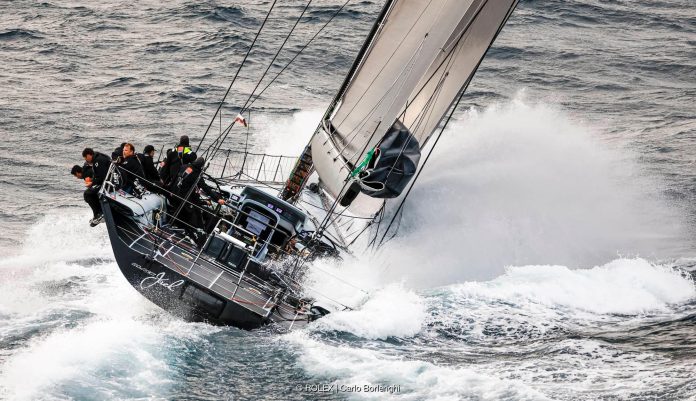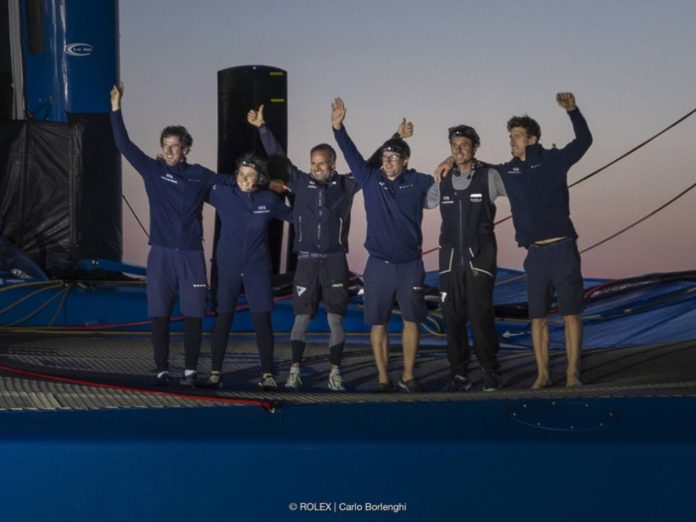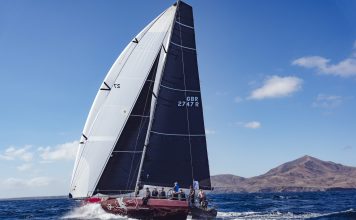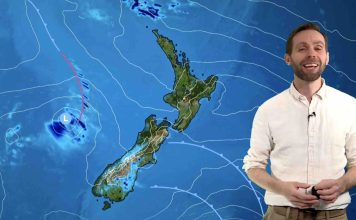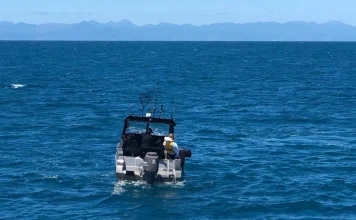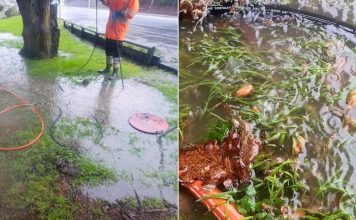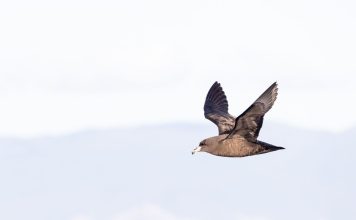Just after 11am local time, the sloop Léon slipped across the finish line in Cherbourg, her low silhouette carving cleanly through the final swells of the 695-mile Rolex Fastnet Race. The breeze had faded. The sea lay quiet. A modest crowd gathered along the seawall stirred to life as her bow kissed the line.
Léon had done it. In a fleet of more than 400 starters, it was this compact 10.5-metre French-built racer that had claimed the top prize—IRC Overall victory in the centenary edition of one of offshore sailing’s most storied tests.
Skipper Alexis Loison, standing alongside co-skipper and boatbuilder Jean-Pierre Kelbert, was still blinking at his historic achievement. “It’s crazy,” he said, scrolling through messages. “Hundreds since yesterday. To win again—here, at home—it’s hard to describe.”
The moment carried weight. Loison had first conquered the Fastnet in 2013, racing double-handed with his father Pascal aboard the JPK 10.10 Night & Day. That win made history. This one made it personal. The first was in Plymouth. This, in his hometown of Cherbourg.
Their triumph wasn’t built on boat speed alone. It took Léon just under four days to complete the course, navigating shifting breeze and slack water with restraint and tactical clarity. She didn’t force her way to the top—she found it. On corrected time, she edged out all 380 IRC-rated entries, finishing ahead of the fleet not by size or spectacle, but by sailing smart and staying clean.
And while Léon crossed with familial pride, another arrival had taken place long before.
At 04:38, a day and a half earlier, the foiling trimaran SVR Lazartigue swept across the line under a bruised pre-dawn sky. Skippered by Tom Laperche—and carrying Black Foils helm, Peter Burling, among her crew—the 105-foot flying machine had made a bold early move: hugging the English coast and finding an edge where others couldn’t. It proved decisive. The boat finished in a little over 1 day and 17 hours to claim Multihull Line Honours, outmanoeuvring Banque Populaire with speed, and bold decision-making.
Rolex Fastnet Race 2025 results: Ultims dominate centenary finish
In the monohull fleet, it was Black Jack 100, owned by Remon Vos and skippered by Tristan Le Brun, that led from the front. Built in 2005 but extensively optimised, the RP100 stormed through the course in 2 days and 12-and-a-half hours. Her crew—a blend of French, Dutch, and Kiwi talent including Edwin de Laat—proved that legacy hardware and modern thinking still make a potent combination.
Monohulls battle for IRC supremacy as Fastnet fleet powers toward Cherbourg
But in the Fastnet, it’s not the first boat across the line that wins—it’s the one that finishes fastest on handicap. And that honour, in this centenary year, belonged to Léon.
“It’s just as special as the first time,” Loison said quietly, looking out across the grey water. “Maybe more.”
A century in the making
That win carried more than just local pride. It was a full-circle moment in a race that began nearly a century ago—one that, fittingly, was first won by a French boat.
The Rolex Fastnet Race was born in 1925, when British yachtsman Weston Martyr proposed a bold new test: a 600-mile passage from Ryde, around Fastnet Rock, to Plymouth. Just seven boats took part in that inaugural edition. The winner was Jolie Brise, a rugged yet graceful 56-foot French pilot cutter, launched in 1913. She completed the race in just under six days, and in doing so helped establish the Royal Ocean Racing Club, whose centenary was celebrated with this 2025 edition.
Over the decades, the course grew in stature, and in 2021 the finish shifted from Plymouth to Cherbourg—adding miles, and spectacle. But the core challenge remains unchanged: unpredictable weather, tidal traps, navigational risk, and the raw resilience required to cross oceans under sail.
This year, that challenge was taken on by a record-breaking fleet.
444 stories at sea
The 2025 Fastnet began with scale. Four hundred and fourty-four boats crossed the start line at Cowes—the largest and most diverse gathering in the race’s history. From carbon-fibre foilers to timber-decked cruisers, professional syndicates to family double-handers, the fleet embodied everything the Fastnet has grown to be.
With staggered starts governed by tide, the fleet dispersed across the south coast of England, bound for the western edge of Ireland. Forecasts warned of patchy breeze, high-pressure traps, and soft transitions. Boats parked up around Portland Bill. Others ghosted through while rivals stood still. It was a start that rewarded sharp eyes and clean routing.
In the Class40s, Faites Un Don Sur SNSM.org held a hard-fought lead. Among the IMOCA 60s, Association Petits Princes – Quéguiner, skippered by Elodie Bonafous, sailed a near-faultless campaign. Inter Invest led the Ocean Fifty division with similar composure.
But the soul of the Fastnet, as ever, lay in the IRC fleet, where more than 380 boats raced for glory on corrected time. Here, the battles were tactical and personal.
Tschüss 2, a refitted Volvo 70, claimed IRC Super Zero. Enderpearl, a commanding CNB 76, won IRC Zero. Long Courrier, helmed by the ever-consistent Géry Trentesaux, topped IRC 1. Lann Ael 3, a Manuard Nivelt 35, secured IRC 2A. Whimjy 99, a J/99, won IRC 3, while Abracadabra 2, a JPK 1010, triumphed in IRC 4.
Some raced for the win. Others raced for something else entirely.
Sunstone, a 1972 Sparkman & Stephens cutter with more than 100,000 offshore miles under her keel, returned to the course in IRC 4B, helmed by Will Taylor-Jones. Her brightwork gleamed beside carbon decks. Her race was not for position—but for presence.
Other stalwarts may have crossed the Fastnet finish for the final time. Pyewacket 70, owned by Roy P. Disney, and Oystercatcher XXXV, racing her 25th Fastnet under Matthew Richards, are both now for sale. Their departure, if it comes, will mark the end of two long-standing campaigns.
Meanwhile, dozens of first-timers cut their teeth—many in double-handed entries from Ireland, Belgium, and Scandinavia. Some grinned into Cherbourg. Others limped in, exhausted.
Among the seventeen retirements were Foggy Dew (JPK 10.10), campaigned by Noel Racine, forced out by sail damage near Portland Bill, and Canada Ocean Racing, who withdrew with technical issues.
At the very back, Cariberia, a Class 40, crossed just under six days after the start.
A race for the ages
By the time the last boat arrived, the rhythm of the Fastnet pulsed through the Cherbourg.
The Admiral’s Cup overlay added another layer of theatre. All 30 boats from the AC1 and AC2 divisions had lined up in Cowes, their results in the Fastnet carrying national weight.
Among the most-watched (at least for us!) were the two entries from the Royal New Zealand Yacht Squadron: Caro (Botin 52) and Callisto (Cape 31). Both delivered solid results in their classes, representing New Zealand with composure in a fleet of giants. Elsewhere in the mix, Kiwi sailors brought their skills to international crews across the divisions—from navigators to grinders, tacticians to helmsmen.
Behind every boat, there was a network of effort: shore crew, families, friends, and quiet champions. Some met their teams with hot food. Others with hugs. All with pride. The docks were full of stories: victories, retirements, reunions, and plans for next time.








